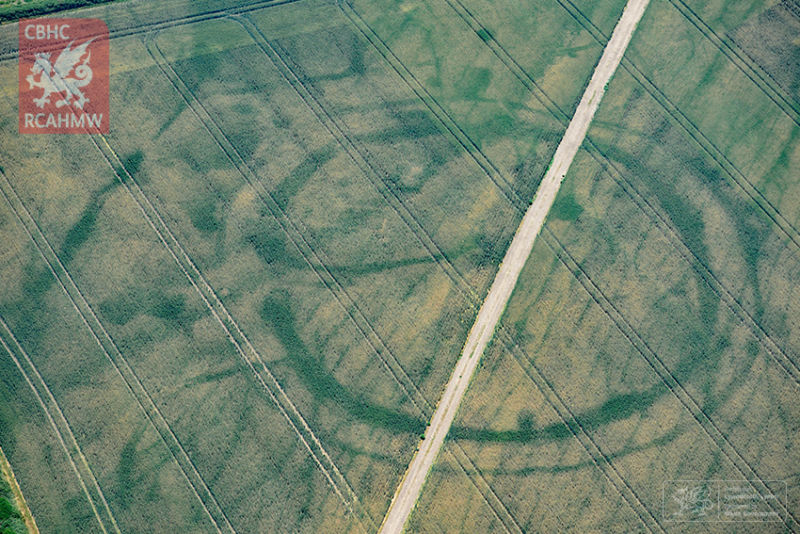Climate change brings the UK’s hidden past to the surface
Ars Technica 2018-08-01

Enlarge / Crop marks trace the circular boundaries of a prehistoric settlement, with the faint outlines of a Roman villa inside. (credit: Crown Copyright: Royal Commission on the Ancient and Historical Monuments of Wales)
In southern Wales’ Vale of Glamorgan, archaeologists flying over a prehistoric settlement they had previously studied got a surprise: the ghostly outline of a Roman villa on the ground inside the older settlement’s boundaries. “We know of Roman villas built within prehistoric settlements elsewhere,” the Royal Commission on the Ancient and Historical Monuments of Wales wrote in a published statement, “but this is a new example.”
Other new discoveries have been popping up across the British Isles over the last few weeks. An atmospheric high pressure system parked over Scandinavia has made the weather hotter and drier than usual across much of northern Europe. The resultant drought creates the perfect conditions for what archaeologists call “crop marks.”
Stone walls or foundations buried beneath a modern landscape tend to absorb more heat than the soil around them. The heat that those buried stones radiate can bake the soil above to a lighter color, so the outlines of ancient buildings and fences show up on the parched surface of modern lawns and fields. The shapes of centuries-old garden beds and paths have emerged from the lawns of several old estates in the UK. At Gawthorpe Hall in Lancashire, the shapes included some details no one had seen before that may be the ruins of even older gardens, dating back to the reign of Elizabeth I.